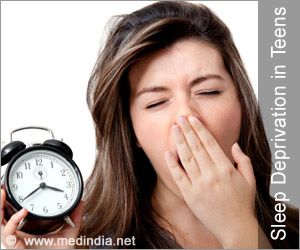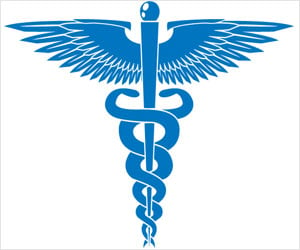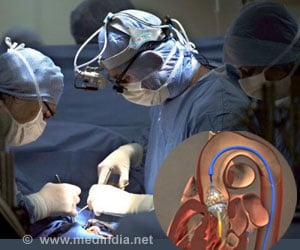Our ability to resist yawning when someone else near us yawns is limited and our urge to yawn is increased if we are instructed to resist yawning.

‘Each individuals's propensity for contagious yawning is determined by cortical excitability and physiological inhibiton of the primary motor cortext.’





Their latest findings show that our ability to resist yawning when someone else near us yawns is limited. And our urge to yawn is increased if we are instructed to resist yawning. But, no matter how hard we try to stifle a yawn, it might change how we yawn but it won't alter our propensity to yawn. Importantly, they have discovered that the urge to yawn our propensity for contagious yawning is individual to each one of us.Stephen Jackson, Professor of Cognitive Neuroscience, in the School of Psychology, led the multidisciplinary study. He said: "We suggest that these findings may be particularly important in understanding further the association between motor excitability and the occurrence of echophenomena in a wide range of clinical conditions that have been linked to increased cortical excitability and/or decreased physiological inhibition such as epilepsy, dementia, autism, and Tourette syndrome."
Echophenomena isn't just a human trait
Contagious yawning is triggered involuntarily when we observe another person yawn it is a common form of echophenomena the automatic imitation of another's words (echolalia) or actions (echopraxia). And it's not just humans who have a propensity for contagious yawning chimpanzees and dogs do it too.
Echophenomena can also be seen in a wide range of clinical conditions linked to increased cortical excitability and/or decreased physiological inhibition such as epilespsy, dementia, autism and Tourette syndrome.
Advertisement
The neural basis for echophenomena is unknown. To test the link between motor excitability and the neural basis for contagious yawning the Nottingham research team used transcranial magnetic stimulation (TMS). They recruited 36 adults to help with their study. These volunteers viewed video clips showing someone else yawning and were instructed to either resist yawning or to allow themselves to yawn.
Advertisement
Using electrical stimulation they were also able to increase the urge to yawn.
Georgina Jackson, Professor of Cognitive Neuropsychology in the Institute of Mental Health, said: "This research has shown that the 'urge' is increased by trying to stop yourself. Using electrical stimulation we were able to increase excitability and in doing so increase the propensity for contagious yawning. In Tourettes if we could reduce the excitability we might reduce the ticks and that's what we are working on."
The search for personalised treatments
TMS was used to quantify motor cortical excitability and physiological inhibition for each participant and predict the propensity for contagious yawning across all the volunteers.
The TMS measures proved to be significant predictors of contagious yawning and demonstrated that each individuals's propensity for contagious yawning is determined by cortical excitability and physiological inhibiton of the primary motor cortext.
The research has been funded by ESRC doctoral training award to Beverley J Brown and is part of Nottingham's new Biomedical Research Centre (BRC) leading research into mental health technology with the aim of using brain imaging techniques to understand how neuro modulation works.
Professor Stephen Jackson said: "If we can understand how alterations in cortical excitability give rise to neural disorders we can potentially reverse them. We are looking for potential non-drug, personalised treatments, using TMS that might be affective in modulating inbalances in the brain networks."
This latest research follows the publication of their study 'On the functional anatomy of the urge-for-action' which looked at several common neuropsychiatric disorders associated with bodily sensations that are perceived as an urge for action.
Source-Eurekalert









